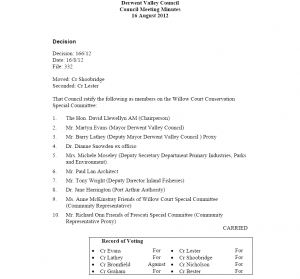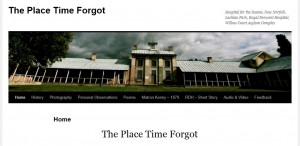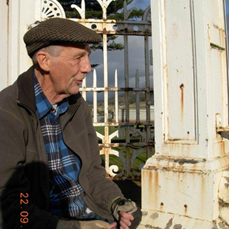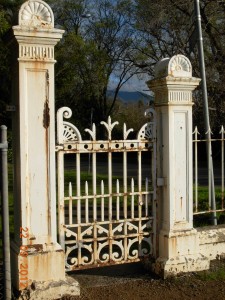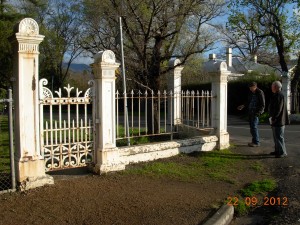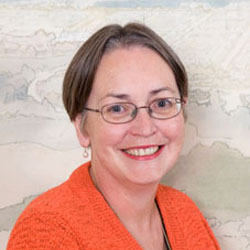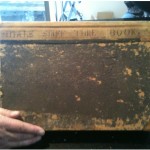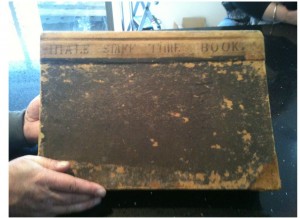I think this article has implication for our current situation and determining our own responses in the creating of a museum of memory, whether it is a physical buildings or words in a book or a website, all these complex issues will take time, understanding and a great deal of patients.

“Those who cannot remember the past are condemned to repeat it” The exercise of memory is but one of the four essential tasks of a post Government Policy of Institutionalization if it is concerned with healing and reconciling the past practices for PWD, the other three are: truth, justice, and reparation.
This entails giving the victims and their kin the chance to recover their dignity and validate their experiences. This can only be done if their stories are allowed to be freely told, collected, and preserved. These stories must be situated in the broader context of the events that marked that period.
From all this, wrote the Jewish philosopher Avishai Margalit in his thought-provoking work, “The ethics of memory,” we may glean an ethics of remembering that must be distinguished from the politics of memory or the psychology of memory. An ethics of memory implies an obligation to remember and also to forget. It involves complex attitudes and sentiments that come with what he terms “thick” relations—relations that are “moored in shared memory.”
“Thick relations are grounded in attributes such as parent, friend, lover, care provider, fellow-countryman.” The operative themes that mark such relationships are those of loyalty and betrayal, gratitude and love. “Thin relations, on the other hand, are backed by the attribute of being human.” These are our relationships to the “stranger and remote.” Here, the operative themes are usually those of respect and humiliation. Margalit says that ethics refers to how we should live with those who are bound to us by shared memory. Morality refers to the rules that govern our relationships to the rest of humanity.
Read in this context, it becomes clear that the project of a museum of memory has to confront the tricky issues posed by the ethics of remembering. This cannot be done by a committee working separately from the communities of memory that alone must decide what to remember and what to forget. The purpose must be neither merely to exhibit the trauma of the past nor to demonize the perpetrators. If it is to succeed, a memory museum cannot have any other purpose than to reawaken the values of loyalty, forgiveness, gratitude, and solidarity that hold us together as a people bound by thick relations.
Adapted from the work of
By Randy David, Philippine Daily Inquirer
12:24 am | Thursday, September 20th, 2012
http://opinion.inquirer.net/37092/communities-of-memory
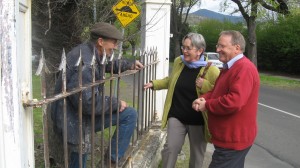 Audio here https://willowcourttasmania.org/audio-documentaries/
Audio here https://willowcourttasmania.org/audio-documentaries/